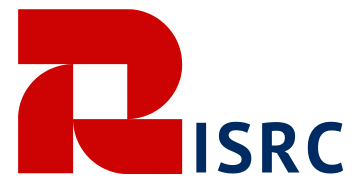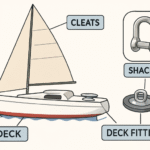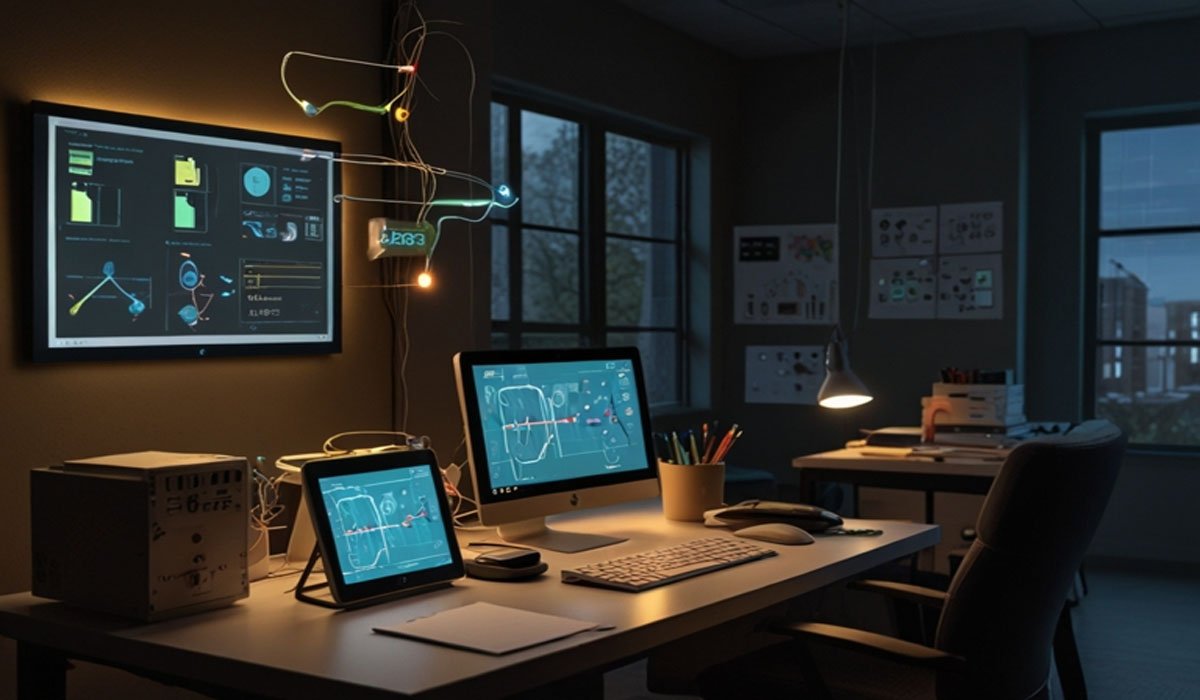Imagine your morning alarm doesn’t just buzz—it negotiates. It chats with your calendar, delays itself because your first meeting got pushed, then cues the coffee maker based on real-time traffic data. This isn’t a sci-fi trailer. It’s the quiet revolution a&ta is already staging in homes like yours.
Forget complex acronyms. Think of a&ta (Adaptive & Transformative Automation) as your home’s invisible conductor. It’s not about robots taking over; it’s about systems that learn your rhythm. When your Nest thermostat trimmed Lisa Chen’s energy bill by 30% by predicting her work-from-home patterns? That was a&ta. When Spotify’s “Daylist” mirrors your Monday blues then Friday euphoria? a&ta again.
Why Your Toaster is Smarter Than You Think
a&ta isn’t just “smart” tech. It’s tech that adapts—no programming needed. Traditional automation follows rules (“Turn lights on at 7 PM”). a&ta observes, learns, and evolves (“Dim lights at 6:50 PM because you’ve been winding down earlier this week”).
Consider the evolution:
| Traditional Automation | a&ta-Driven Systems |
| Rigid schedules | Learns routines |
| Manual updates needed | Self-optimizes |
| One-size-fits-all | Personalizes for you |
| “Dumb” error repetition | Predicts/prevents glitches |
Read also: Lillienu: The AI Co-Pilot Transforming How Everyday Businesses Thrive
The Hidden Superpower: a&ta in Health
Wearables tracking steps? Basic. a&ta-enhanced devices like the Fitbit Sense 2 detect stress surges before you feel overwhelmed, suggesting breathing exercises. Cleveland Clinic’s AI-driven trials now use a&ta principles to predict migraine triggers by cross-referencing weather, sleep data, and patient history.
“My Whoop band buzzed mid-meeting, warning my stress hormones were spiking. I excused myself, avoided a meltdown. It’s like having a therapist on your wrist.”
— Raj Patel, UX Designer
Busting the “Job Killer” Myth
Yes, a&ta automates tasks. But it’s creating roles we never imagined: empathy engineers designing AI-human interfaces, data storytellers translating analytics into strategy. When Siemens implemented a&ta in manufacturing:
- Repetitive tasks ↓ 40%
- Technician roles ↑ 15% (focusing on system oversight)
- Product defects ↓ 27%
The key? a&ta handles the “what,” freeing humans for the “why.”
Your 3-Step a&ta Starter Kit
- Start Small: Pick one pain point. Ex: “I waste 10 minutes daily adjusting home temperatures.”
- Choose Adaptive Tools: Opt for devices with machine learning (Ecobee thermostats over basic timers).
- Feedback Loop: Correct the system twice (“Too cold at 8 PM”)—it’ll learn.
As a&ta reshapes everything from fridges to factories, one truth emerges: The future isn’t about humans vs. machines. It’s about partnership.
a&ta FAQs
Q: Is a&ta just another buzzword for AI?
A: AI is the engine; a&ta is the application. It’s AI + continuous adaptation. Think Netflix’s recommendations evolving daily.
Q: How secure is my data with a&ta systems?
A: Opt for devices with local processing (like Apple’s HomeKit). Your sleep data stays on your iPad—not the cloud.
Q: Can renters use a&ta tech?
A: Absolutely! Portable devices like adaptive plugs (TP-Link Tapo) require zero installation.
Q: Will this spike my electricity bill?
A: Opposite. a&ta optimizes energy use. Samsung’s AI Oven cuts cooking energy by 20% learning your habits.
Q: What if the system mislearns my habits?
A: All ethical a&ta tools have “override” options. Your control stays paramount.
Q: Is a&ta only for techies?
A: Nope. Devices like Amazon’s Astro robot use simple voice commands. It learns from you—no coding needed.
You may also like: izonemedia360.com: Your Central Hub for Navigating the Digital Revolution









